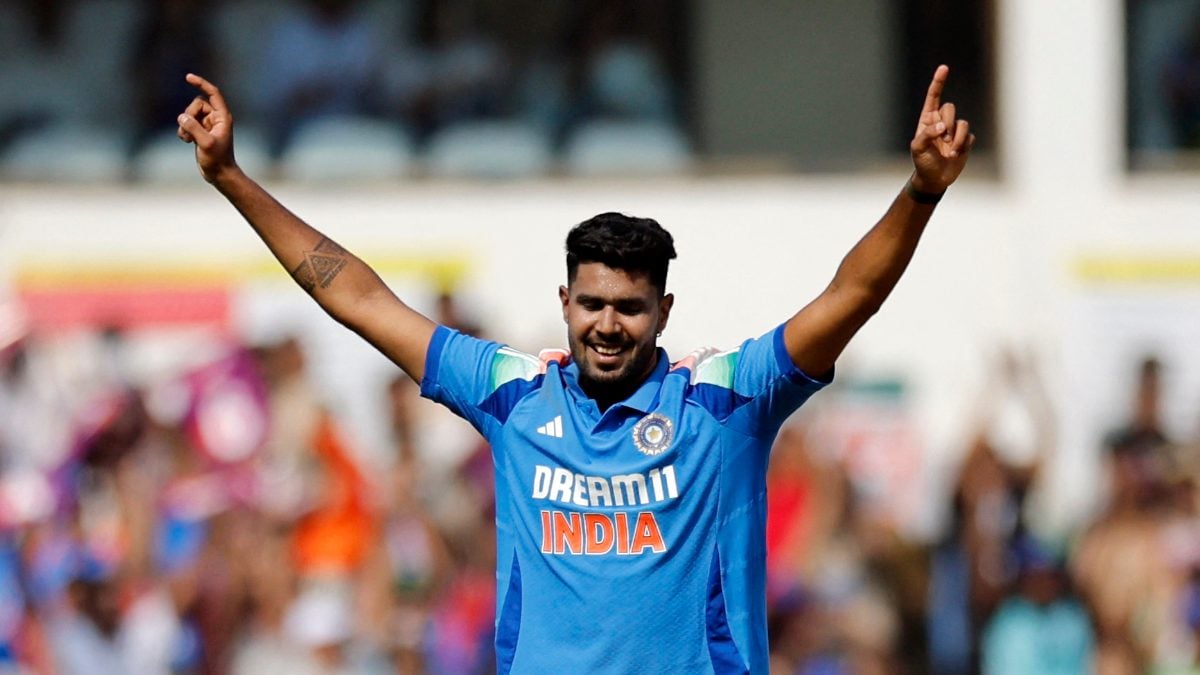

The International Cricket Council (ICC) has recently implemented stricter guidelines regarding concussion substitutes in men's international cricket, a decision seemingly influenced by a controversy that arose during a T20I match between India and England earlier this year. The updated rules, effective from June 17 for Tests, July 2 for ODIs, and July 10 for T20Is, now require teams to pre-name five role-specific replacements before each match, aiming to prevent tactical advantages gained through concussion substitutions.
The catalyst for this change appears to be the fourth T20I between India and England where India replaced Shivam Dube, a batting all-rounder, with Harshit Rana, a frontline fast bowler, as a concussion substitute. Dube had taken a blow to the helmet while batting. Rana then played a significant role, taking three wickets. While the substitution was permissible under the existing regulations, it sparked considerable debate. Critics, including England's captain at the time, Jos Buttler, questioned whether the substitution gave India an undue tactical advantage, rather than simply providing a like-for-like replacement for the injured player.
Previously, teams could introduce concussion substitutes during a match without prior declaration. The ICC's existing rule stated that "the ICC Match Referee should ordinarily approve a Concussion Replacement Request if the replacement is a like-for-like player whose inclusion will not excessively advantage his team for the remainder of the match.” However, the interpretation of "like-for-like" proved to be subjective and open to exploitation. In the Dube-Rana case, the match referee's approval of Rana as a concussion substitute was met with criticism, with some arguing that replacing a batting all-rounder with a specialist fast bowler wasn't a fair exchange, especially considering the conditions favored pace bowling.
Under the updated regulations, to avoid ambiguity and ensure fairness, teams must now submit a list of five pre-designated concussion substitutes to the match referee before the toss. This list must include a player for each of the following roles: a wicketkeeper, a batter, a seam bowler, a spinner, and an all-rounder. This pre-selection aims to bring structure and transparency to the process, ensuring that substitutions don't unintentionally tilt the balance of the game. It is designed to prevent situations where a team could strategically replace a player with someone who is better suited to the match conditions, as some observers felt happened in the India-England T20I.
Furthermore, the new protocol also addresses scenarios where the initial concussion substitute themselves suffers a concussion and needs to be replaced. In such cases, the match referee will consider a player from outside the initially nominated five, adhering to the existing 'like-for-like' replacement principle. This ensures that teams are not left shorthanded due to unforeseen circumstances while still maintaining the integrity of the substitution process.
These changes reflect the ICC's growing focus on competitive balance and player safety. While the concussion sub rule was designed with health in mind, its application had left room for interpretation. Now, with clearer guidelines, the ICC hopes to protect both the integrity of the game and the well-being of its players. The incident involving Harshit Rana served as a crucial case study, highlighting the potential for misuse and ultimately leading to a more robust and equitable system for concussion replacements in international cricket.